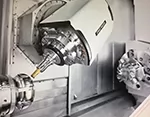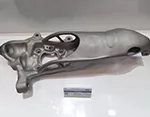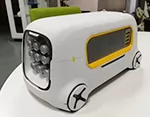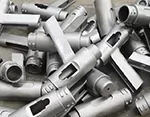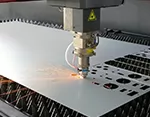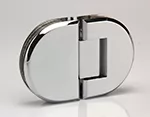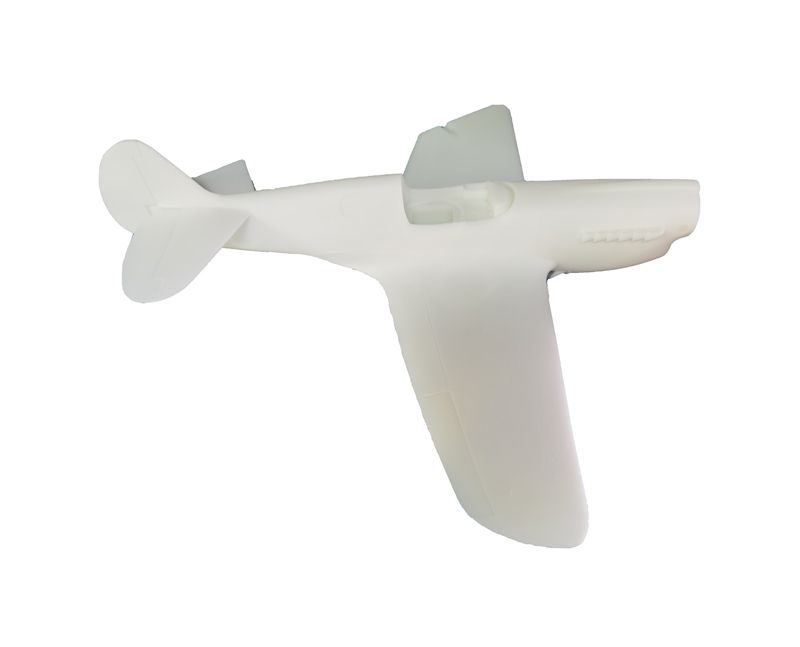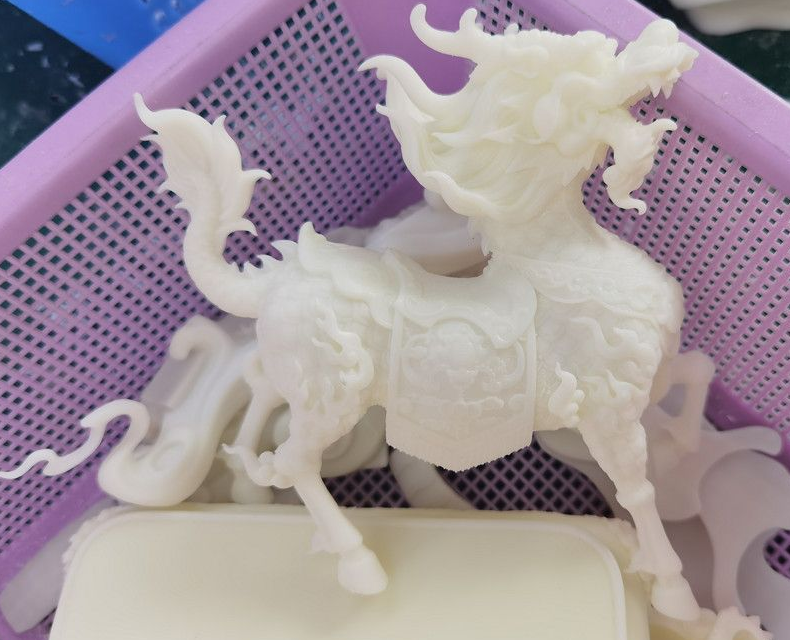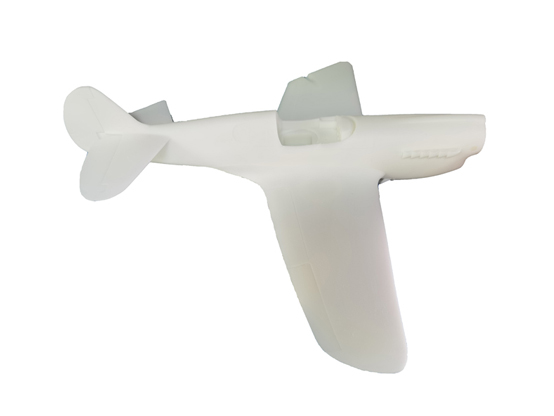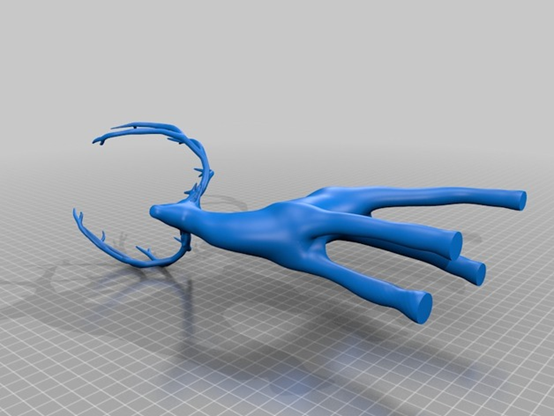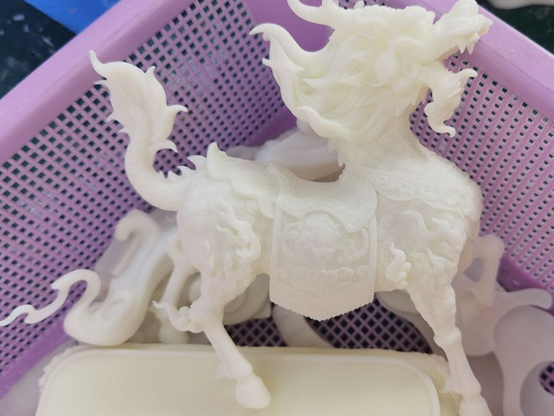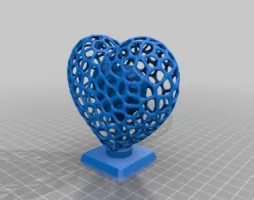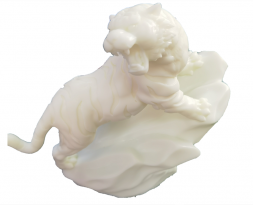-
Service
+
- CNC Precision Machining Service +
- Multi-Axis Simultaneous Machining Service +
- CNC Turning Service +
- Metal 3D Printing Service +
- Rapid Prototyping Service +
- Die Casting Service +
- Sheet Metal Fabrication Service +
-
Finish Serivces
+
- Polishing
- Grinding
- Brushed Finish
- Sand blasting
- Painting
- Powder Painting
- Anodizing
- Hard anodizing Service
- Passivation
- Zinc Plating
- Nickel Plating
- Chrome Plating
- Blackening
- Black Zinc Plating
- Teflon Coating
- Titanium Coating
- DLC Coating
- Laser Marking
- Silk Screen Printing
- Transfer Printing
- Micro Arc Oxidation
- Industries +
- About Us +
- Resource +
- Contact Us
- Quote

-
Service
-
>
-
>
-
>
-
>
-
>
-
>
-
>
-
>
-
- Industries
- About Us
- Resource
- Contact Us
How Does Stereolithography SLA Work?
Stereolithography - often referred to as SLA 3D printing - is one of the most popular and widely used techniques in additive manufacturing. It works by using a high-power laser to harden the liquid resin contained in a reservoir to create the desired 3D shape.Stereolithography - often referred to as SLA 3D printing - is one of the most popular and widely used techniques in additive manufacturing. It works by using a high-power laser to harden the liquid resin contained in a reservoir to create the desired 3D shape.
Stereolithography - often referred to as SLA 3D printing - is one of the most popular and widely used techniques in additive manufacturing. It works by using a high-power laser to harden the liquid resin contained in a reservoir to create the desired 3D shape. In short, the process uses a low-power laser and photopolymerization to convert a light-sensitive liquid into a 3D solid plastic layer by layer.
SLA is one of the three main technologies used in 3D printing, along with fused deposition molding (FDM) and selective laser sintering (SLS). It belongs to the category of resin 3D printing. A similar technology, often combined with SLA, is called Digital Light Processing (DLP). It represents an evolution of the SLA process, using a projector screen instead of a laser.
A brief history of stereolithography
The SLA 3D printing process first emerged in the early 1970s when Japanese researcher Dr. Hideo Kodama invented a modern layering method for stereolithography, using UV-curable photopolymers.
The term stereolithography was coined by Charles (Chuck) W. Hull, who patented the technology in 1986 and founded 3D Systems to commercialize it. Hull described the method as creating 3D objects by continuously 'printing' thin layers of material that can be cured by UV light.
SLA 3D Printing
However, SLA 3D printing was not the first 3D printing technology to gain widespread popularity. As patents began to expire in the late 2000s, the introduction of small desktop 3D printing broadened the scope of additive manufacturing and fused deposition modeling (FDM) was first adopted on desktop platforms.
While this affordable extrusion-based technology sparked the first wave of widespread adoption and awareness of 3D printing, FDM machines did not meet the range of specialist needs - repeatable, high-precision results were critical for specialist applications, as were biocompatible materials in dentistry and for applications such as jewelry and microfluidics the ability to create fine features.
Stereolithography (SLA) - How Does It Work?
The software
As with many additive manufacturing processes, the first step is to design a 3D model using CAD software. The generated CAD file is a digital representation of the desired object.
If they are not generated automatically in this way, the CAD file must be converted into an STL file. The Standard Tessellation Language (STL) or "Standard Triangle Language" is the native file format of the stereolithography software created by the Abert Consulting Group in 1987 specifically for 3D Systems. model properties, such as color and texture.
The pre-printing step is to feed the STL file into 3D slicer software such as Cura, the platform responsible for generating the G-code, the native language of the 3D printer.
SLA Surface
SLA 3D printing
When the process begins, a laser "draws" the first layer of print into the photopolymer resin. Wherever the laser hits, the liquid solidifies. The laser is guided to the appropriate coordinates by a computer-controlled mirror.
At this point, it is worth noting that most desktop SLA printers are upside down. That is, the laser is pointed at the build platform, which starts low and gradually rises.
After the first layer, the platform rises according to the layer thickness (usually around 0.1 mm) and allows the additional resin to flow underneath the printed section. The laser then cures the next cross-section and the process is repeated until the entire part is complete. The resin not touched by the laser is retained in the vat and can be reused.
SLA 3D Printing
Post-processing
After completing the material polymerization, the platform is raised from the vat and the excess resin is drained. At the end of the process, the model is removed from the platform, cleaned of excess resin and then placed in a UV oven for final curing. Post-print curing allows the object to reach the highest possible strength and become more stable.
Alternative process: Digital Light Processing
As we mentioned before, a descendant of SLA is digital light processing (DLP). Unlike SLA, DLP uses a digital projector screen to flash a single image of each layer across the platform. As the projector is a digital screen, each layer will consist of square pixels. Therefore, the resolution of a DLP printer corresponds to the pixel size, whereas for SLA it is the laser spot size.
For more information and consultation, contact us here!

